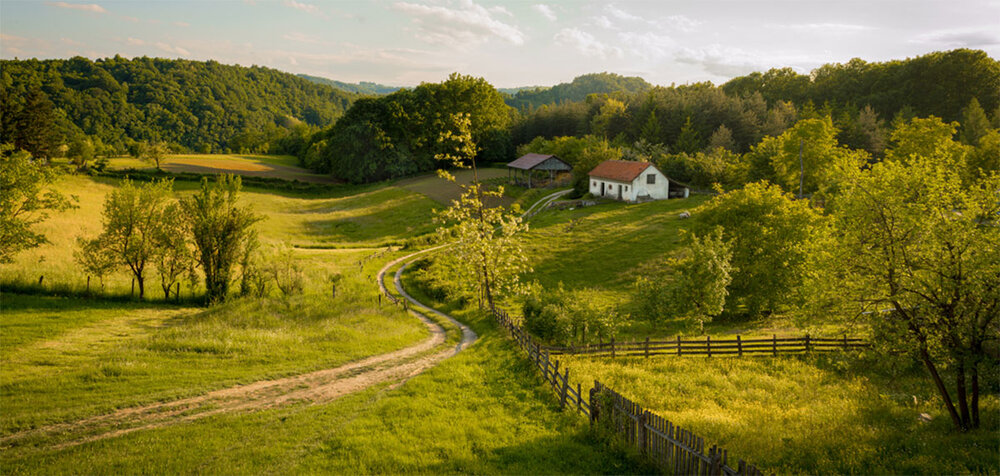INSUBCONTINENT EXCLUSIVE:
Ahmad Vahidi said on Wednesday.In the model of economic growth, villages are of great importance and the effort is to continuously identify
and eliminate the weaknesses of the villages and strengthen them, he explained, IRIB reported.Stating that the policy of returning to the
village and reverse migration is not possible without development, he regretted that 90,000 rural settlements have been
depopulated.Development plansA total of 31 trillion rials (nearly $103 million) for the eradication of deprivation in rural areas was
approved by the Majlis (Iranian Parliament) in the budget bill for the current Iranian calendar year (March 2022-March 2023).There are
comprehensive development plans aim to develop rural areas in line with cultural, economic, and social conditions, as well as housing
provision for the rural residents and improving environmental services.There are around 40,000 villages in the country with more than 20
households, for all of which comprehensive development plans have been approved every 10 years.Migration reverseCurrently, 26 percent of the
country's population lives in villages, around 39,000 villages have more than 20 households and 23,000 villages have less than 20
households.Thus, more than 97 percent of the country's rural population lives in villages with over 20,000 households.In Iran, where
villages account for generating 20-23 percent of the value-added in the country, the development of rural areas has been always a top agenda
down the trend of migration from rural areas to cities.Rural tourism, agritourism, religious tourism, and ecotourism are alternatives or
complementary economic activities that could further stimulate rural development while decreasing rural community dependency on one main
economic sector (agriculture, forestry, energy, or mining).Mohammad Omid, the then vice president for rural development, said in November
2020 that for the first time in the country, the migration of people from rural areas to cities has reached zero.Since 2003, some 37,919
village administration offices have been established nationwide, offering services to about 95 percent of the country's rural

